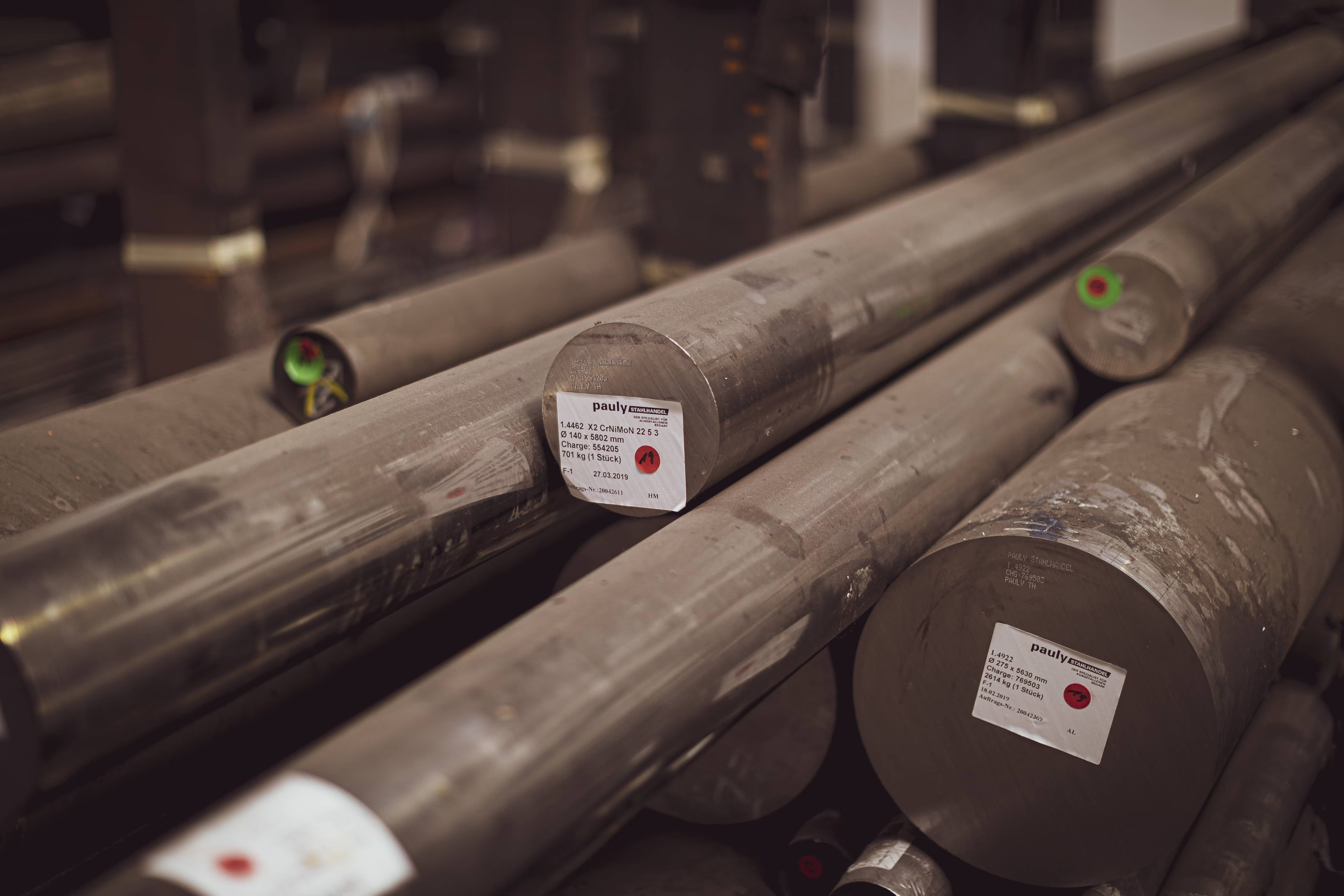Heat conductor alloys consist of two or more metallic components, each of which already has the property of a heat conductor due to its relatively high specific electrical resistance, namely to convert electrical energy into thermal energy. Alloying strengthens the positive properties of the individual heating conductors and enables differentiated adaptation to use as a heating element. Below you 'll find steel materials which belongs to material group: "Heating conductor alloys"

Steel Materials of group: Heating Conductor Alloys
Filters
Steel Material Groups
- Aging resistant steels
- Bake hardening steels
- Bearing steels
- Case hardening steels
- Cold extrusion steels
- Complex phase steels
- Dual phase steels
- Fine-grain cold pressed steels
- Fine-grain structural steels
- Free cutting steels
- Heat resistant steels
- Heat-resistant cast steels
- Heat-resistant structural steels
- Heating conductor alloys
- High-speed steels
- High-strength multi-phase steels
- High-strength steels
- High-temperature steels
- High-temperature steels / aviation variant
- Higher strength steels
- Hydrogen resistant steels
- Low-temperature steels
- Low-temperature structural steels
- Microalloyed steels
- Nickel and cobalt alloys
- Nitriding steels
- Non-magnetizable steels
- Others
- Phosphorus alloyed steels
- Precipitation hardening steels
- Quenched and tempered steels
- Rust and acid resistant cast steels
- Rust and acid resistant steels
- Sheet metal and slit strip
- SOW WARM
- Special steels aviation and aerospace
- Special steels for defense technology
- Spring steels
- Steels for surface hardening
- Tool steels for cold work
- Tool steels for hot work
- Unalloyed bearing steels
- Unalloyed structural steels
- Unalloyed tool steels / carbon steels
- Valve steels
- Weatherproof structural steels
- ZFQUALITIES